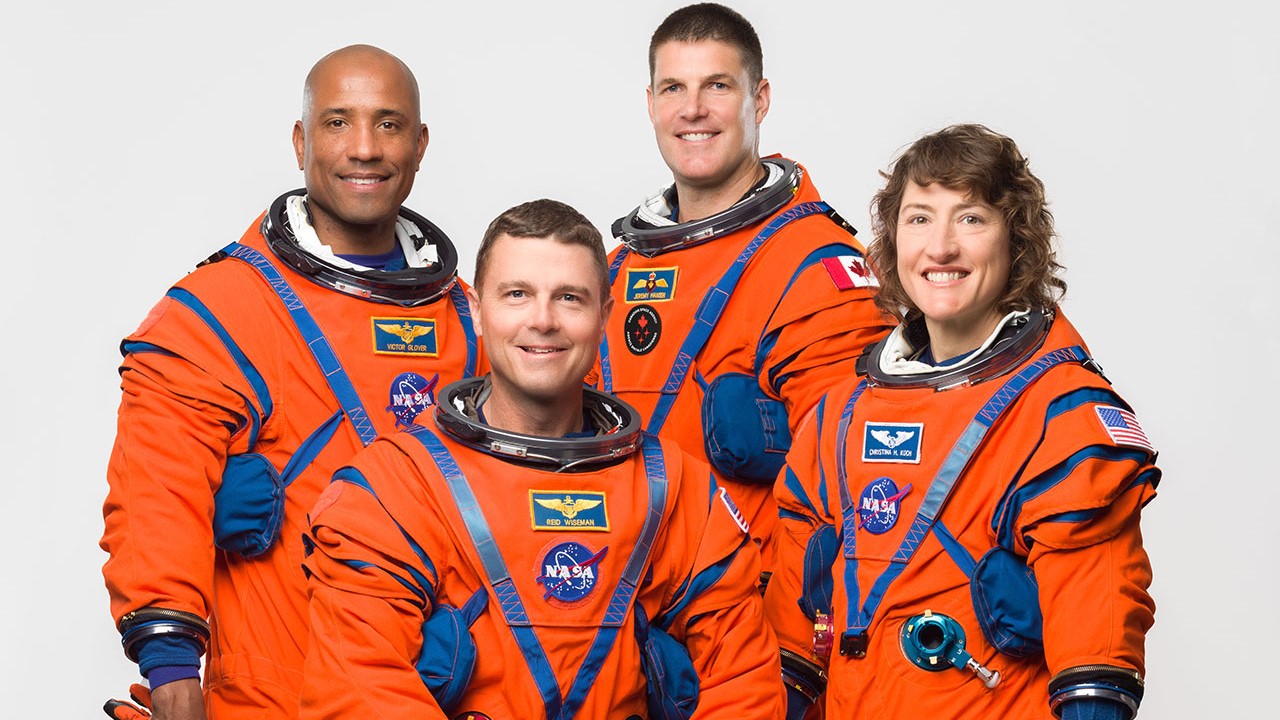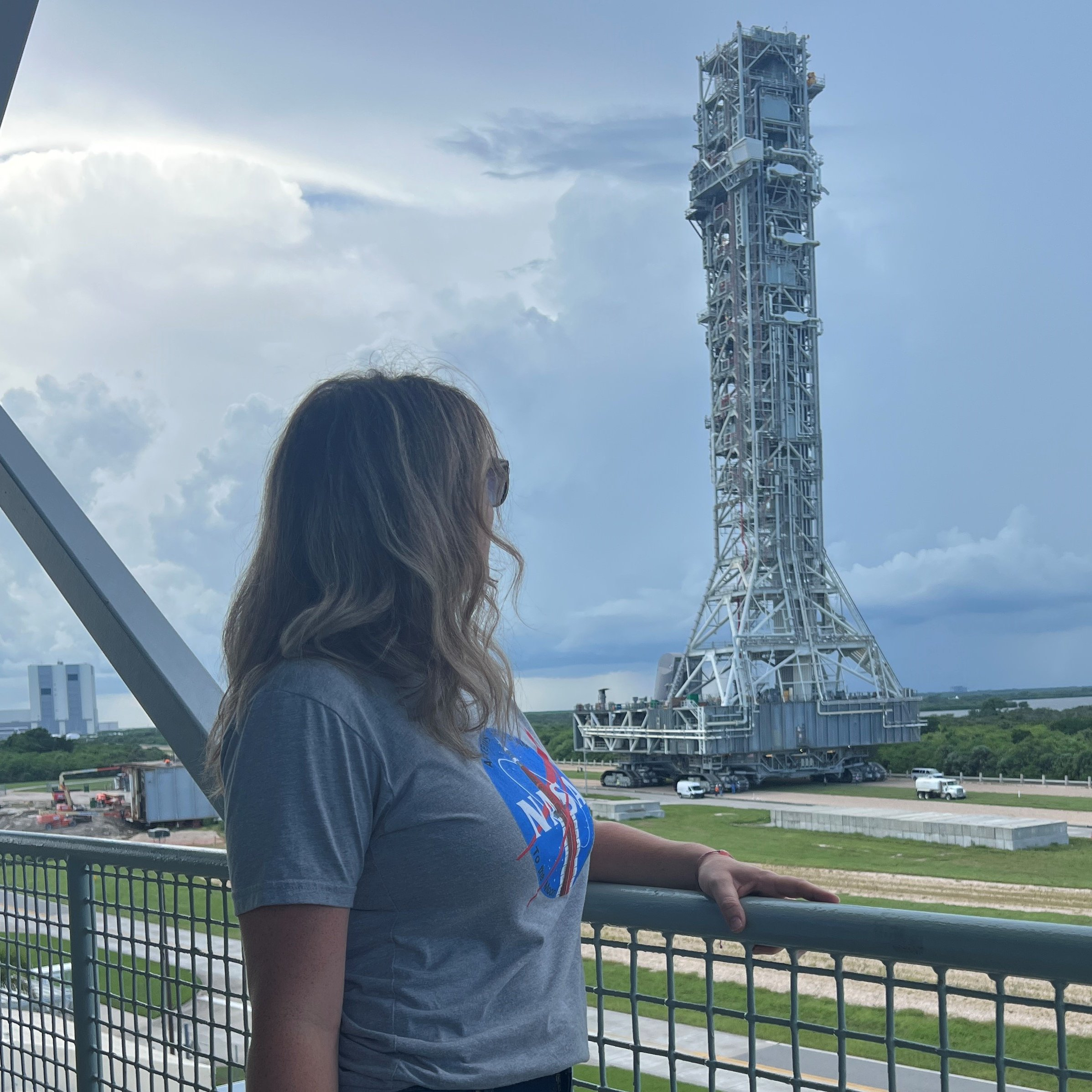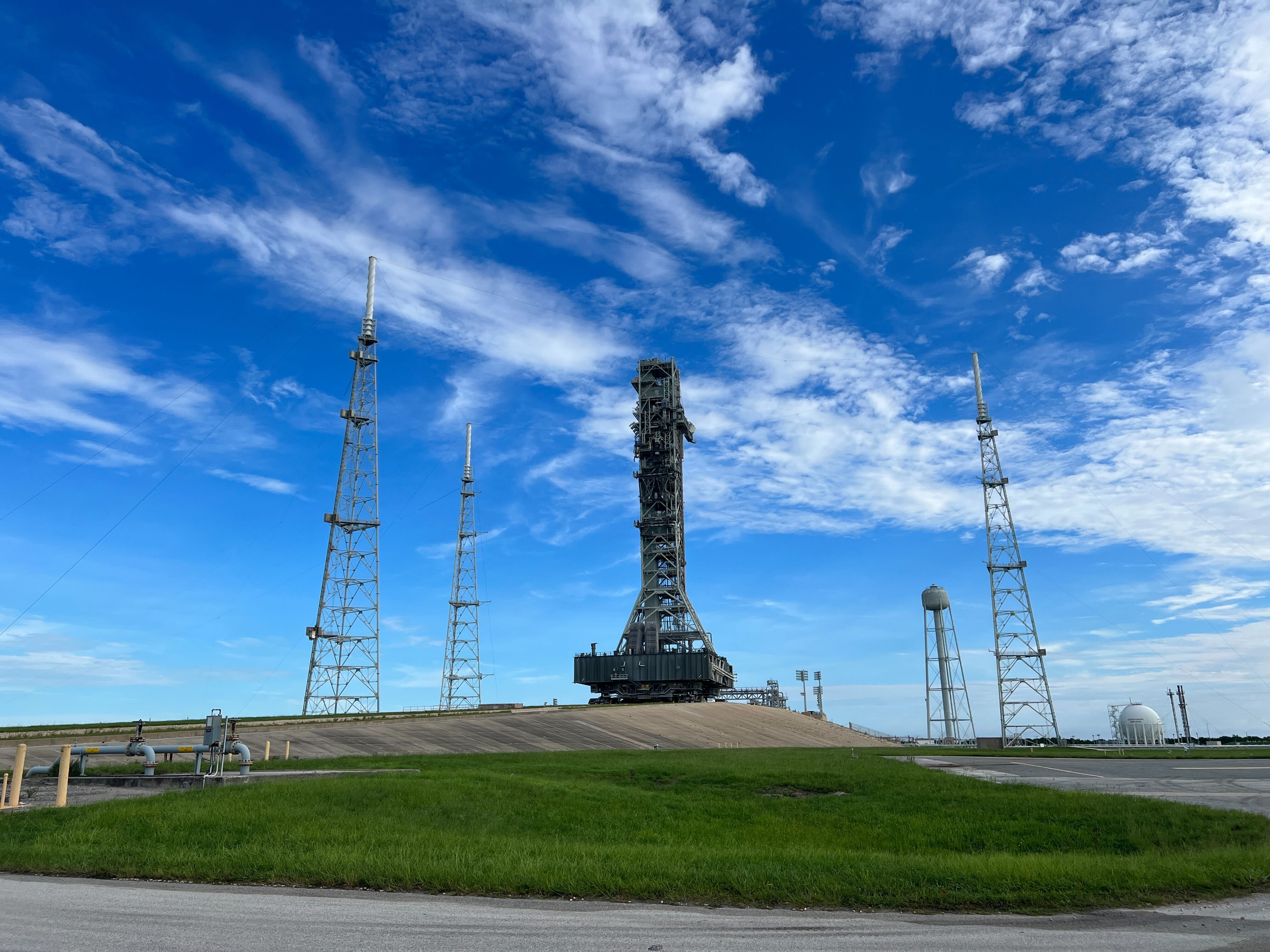Why Artemis 2 moon launch with astronauts is different from Artemis 1
Crew and experience adds a lot of change to the rocket hardware.

Four astronauts will make a trip around the moon in 2024 or so. It's the first lunar trip by humans in half a century, and NASA wants to make sure its rocket is ready.
The agency's Space Launch System (SLS) rocket tasked with the historic launch has already flown once. It successfully sent Artemis 1, an uncrewed spacecraft with three mannequins on board, around the moon in 2022. Now it has a more sensitive mission of making sure the four Artemis 2 astronauts remain safe on board through the stresses of launch.
"The most obvious (difference) is crew on board. That changes the mindset of the entire workforce, from the standpoint of safety and our work environments," Cliff Lanham, senior vehicle operations manager, told Space.com. Lanham is responsible for operational activities required to get the Orion spacecraft and SLS ready.
Artemis 2 is slated to send four astronauts moonbound: NASA commander Reid Wiseman, NASA pilot Victor Glover (the first person of color to leave Earth orbit), NASA mission specialist Christina Koch (the first woman to do so) and the Canadian Space Agency's Jeremy Hansen (the first non-American).
Related: Four for the moon! NASA names Artemis 2 astronaut crew for 1st lunar mission since Apollo
To get the rocket ready, additional testing is ongoing with new systems onboard SLS and its mobile launcher, including an emergency escape system for the crew if necessary. The crew is also very much involved, Lahnam emphasized, including planned on-site testing with the quartet of astronauts in their spacesuits.
The team also won't be starting from the beginning in terms of their preparation, assistant launch director Jeremy Graeber said in the same interview, since they are building upon months of testing and years of development that took place prior to the uncrewed Artemis 1 launch around the moon in 2022.
Breaking space news, the latest updates on rocket launches, skywatching events and more!
The "foundation" laid by Artemis 1 will, NASA says, smooth out preparations for the successor mission. That's a big hope by mission planners, given that Artemis 1 took additional months to get off the ground following snags in simulated launch countdowns with fuel on board, known as a "wet dress rehearsal."
Related: NASA declares Artemis 1 moon rocket test successful, begins prepping for launch

"We've worked out many of those challenges from a procedure perspective, from a training perspective. And now we are augmenting that foundation and adding the crew-related content," Graeber said of Artemis 2's differences from Artemis 1.
The interview took place shortly after Artemis 2's mobile launcher was rolled out to the pad in late August to do testing for the next six months. Sometime in September or so, for example, the crew will simulate a launch day alongside the ground crew: They will wake up at NASA's Kennedy Space Center, suit up and ride out to the tower. While there's no rocket waiting for them as they ascend the elevator, Graeber said the practice will be key in working out any kinks for the launch day next year.
There are also two planned emergency escape practices with crew: One at day and one at night, each scheduled to take place late in the year. During an actual emergency, the astronauts will all leave the tower by baskets under a zipline. They will glide to safety at a nearby staging area, where a waiting vehicle will take them back to the security of a NASA building. But ground teams will separately practice testing those baskets during different occasions. They will use ballast tanks filled with water at different levels to replicate different weights, to simulate the weight of the passengers.
In early 2024, the launcher will next roll back to NASA's massive Vehicle Assembly Building (VAB) for a big milestone: stacking and assembling the Space Launch System rocket for tests in the building. Next comes preparation for a tanking test, when the launcher and rocket together head out to the pad in the fall of 2024. Then at last, the stack will come back to the VAB to finish preparations on the Orion spacecraft before heading out to the launch pad for the big day in late 2024.
Artemis 2 preparations will be cautious during each step, Graeber emphasized; in other words, the crew's safety will always come before any preordained launch schedule.
Related: How Artemis 2 astronauts are training for their 2024 moon mission

"We will do approximately the same number of launch countdown simulations leading to Artemis 2, because now we've got that added responsibility for our flight crew. And that is our No. 1 priority through everything related to Artemis 2: The safety of our flight crew and our ground crews. That will be the emphasis on everything that we do."
Constant practice is a part of that process, said Jesse Berdis, deputy project manager for Mobile Launcher 1 (the launcher being used for Artemis 2). He likened it to the intense preparation of getting ready for a live sports championship. "It's kind of a muscle memory thing, making sure that we know what we're doing and that we've done the football training for the Super Bowl well before," he said.
Some of the key changes to look for in Artemis 2 include:
Fueling tweaks. The wet dress rehearsal attempts ahead of Artemis 2 included unexpected leaks, a brief grass fire and a hurricane, all of which "did lay out an opportunity for us to learn a lot," Graeber said. The team now has data to adjust the pressures, the temperatures and the flow rates of fuel to avoid leaks, he said. SLS designers are also looking at "interfaces", or points where the fuel lines enter the tanks, to do their best to avoid leaks. The tanking test will help confirm these interfaces are sound ahead of launch.
Small design changes to the mobile launcher. Despite the launcher losing its elevator doors (seen in dramatic video) during the Artemis 1 liftoff, there was little that actually went wrong; it performed 99 percent perfectly per NASA standards. NASA and its contractors are reinforcing any areas damaged in Artemis 1, such as tubing or the blast shields around the flame hole. The flame deflector will also see design changes to the main plates. That said, experts are telling Berdis that the stresses of launch may induce issues somewhere else unexpected; "it's just part of the space industry."
Upgraded "rainbirds." NASA dampened the force of Artemis 1's liftoff with five large-scale water nozzles, also known as "rainbirds." Engineers are now using that data to distribute water through the system more evenly ahead of Artemis 2.
"We've done a couple of modifications on the rainbird heads to direct the water in specific locations," Berdis said. "When they flow, they have a performance coverage across the deck to make sure that they're protecting the mobile launcher from the rocket blast."
Smaller but still crucial changes in the campaign include removing electromagnetic interference testing on SLS (as Artemis 2 uses a similar stack as Artemis 1); adding testing for crew communication systems; and adding new payloads onto Orion for the mission.
This story was corrected on Sept. 8, 2023 with information about crew emergency procedures.
Join our Space Forums to keep talking space on the latest missions, night sky and more! And if you have a news tip, correction or comment, let us know at: community@space.com.

Elizabeth Howell (she/her), Ph.D., was a staff writer in the spaceflight channel between 2022 and 2024 specializing in Canadian space news. She was contributing writer for Space.com for 10 years from 2012 to 2024. Elizabeth's reporting includes multiple exclusives with the White House, leading world coverage about a lost-and-found space tomato on the International Space Station, witnessing five human spaceflight launches on two continents, flying parabolic, working inside a spacesuit, and participating in a simulated Mars mission. Her latest book, "Why Am I Taller?" (ECW Press, 2022) is co-written with astronaut Dave Williams.
